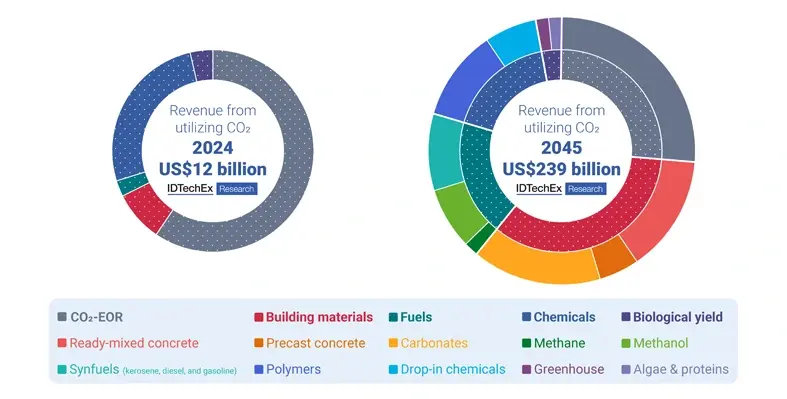
CarbonEdge delivers real-time data on CO2 flows across CCUS infrastructure. (Image source: Adobe Stock)
Baker Hughes has launched CarbonEdge, powered by Cordant, an end-to-end, risk-based digital solution for CCUS operations that provides comprehensive support for regulatory reporting and operational risk management
With an intuitive, integrated dashboard, CarbonEdge delivers precise, real-time data and alerts on CO2 flows across CCUS infrastructure, from carbon capture and compression to pipeline transportation, as well as subsurface storage. Offering connectivity across the entire CCUS project lifecycle, it enables customers to identify and manage risk, improve decision-making, enhance operational efficiency, and simplify regulatory reporting.
The solution is integrated with Baker Hughes' subsurface and autonomous modelling solutions, delivering storage site characterisation workflows and comprehensive monitoring and verification (MMV) frameworks.
Applicable to any CCUS infrastructure applied across multiple industries, CarbonEdge is expected to be fast to deploy and easy to scale, ensuring seamless connectivity, data synchronisation and interoperability across various components of the digital ecosystems of Baker Hughes and its customers.
Baker Hughes is working with Wabash Valley Resources (WVR), which produces low-carbon ammonia fertiliser, to further develop the CarbonEdge platform. As a launch customer for this platform, WVR will leverage CarbonEdge to measure monitor and verify the volumes of CO2 collected, transported and sequestered underground.
“CCUS technology solutions are essential for driving decarbonisation of the energy and industrial sectors on our path to solving for climate change,” said Baker Hughes Chairman and CEO Lorenzo Simonelli. “With the launch of CarbonEdge, we not only expand our portfolio of digital solutions to support new energies and empower our customers’ ability to mitigate risk while enhancing operational efficiency, but also take a bold step toward a future with more sustainable energy development. We look forward to working alongside Wabash Valley Resources to refine and evolve CarbonEdge, ensuring it continues to meet the dynamic needs of a rapidly changing industry.”
CarbonEdge is the first fully integrated digital offering within Baker Hughes' Climate Technology Solutions portfolio.












